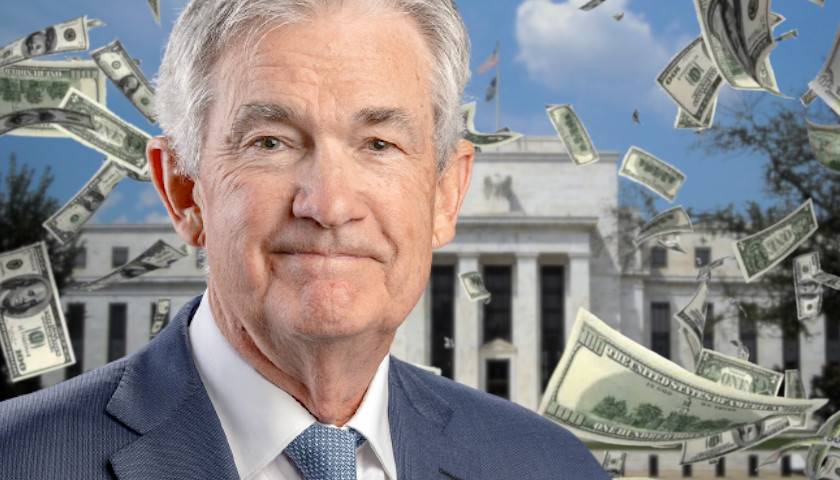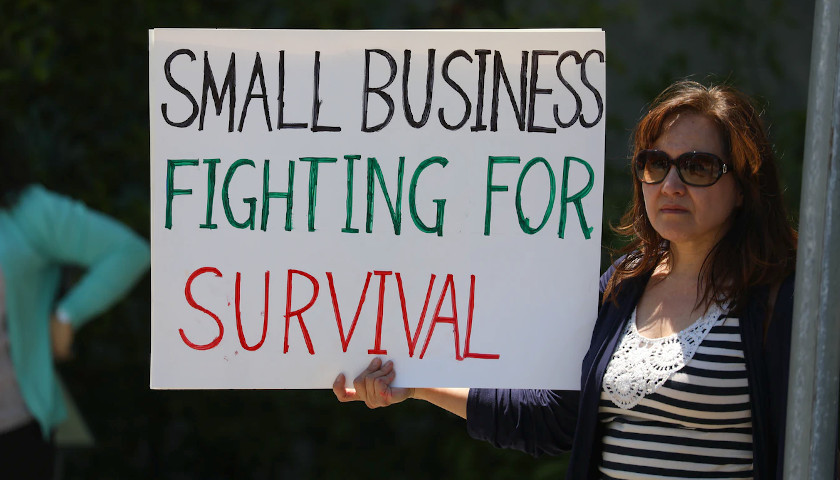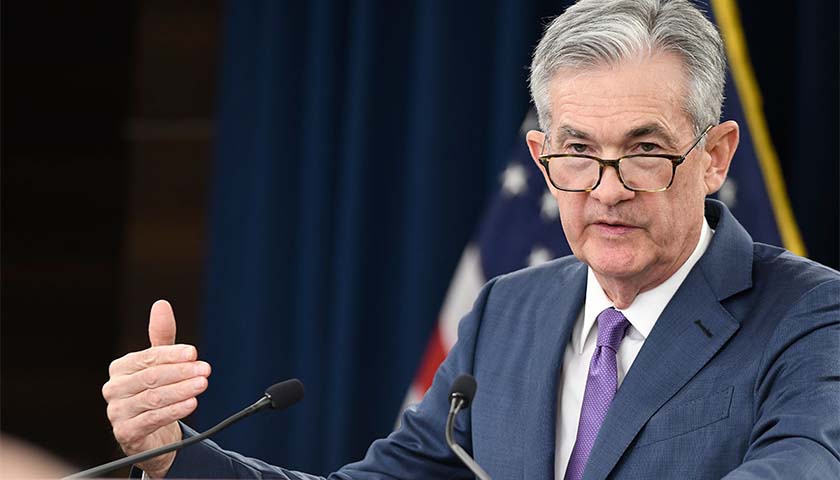The Federal Reserve announced on Wednesday that it would not change its benchmark federal funds rate, but does project rate cuts later this year.
Read MoreTag: interest rate
Businesses Are Getting Crushed ‘Beneath the Surface’ of Economy, New Figures Show
In recent years, mid-sized companies between $100 million and $750 million in yearly revenue have been increasingly struggling compared to large businesses, taking the brunt of poor economic conditions and high interest rates, according to asset manager Marblegate.
From 2019 to the end of 2022, mid-sized companies had a 24 percent drop in earnings before interest, taxes, depreciation and amortization (EBITDA) compared to public companies, which had their earnings rise 18 percent, according to a study by Marblegate acquired by Axios. The discrepancy between large and midsized companies is in part due to the increased cost of credit for smaller businesses, which are more affected by the Federal Reserve’s interest rate hikes, with the federal funds rate currently being placed in a range of 5.25 percent and 5.50 percent, the highest point in 22 years.
Read MoreSoaring Interest Rates Are Squeezing Out Small Businesses
Small businesses are feeling the effects of the Federal Reserve’s interest rate hikes as tightening credit puts more businesses and workers in dangerous positions, according to The New York Times.
Interest payments for small businesses will rise to about 7 percent of revenues next year on average, as opposed to being just 5.8 percent of revenues in 2021, according to the NYT. The Fed has raised its federal funds rate to a range of 5.25 percent and 5.50 percent following a series of 11 hikes that started in March 2022, bringing the rate to its highest point in 22 years.
Read MoreFed Hike Rates .025 Percent as Inflation Fears Loom
The Federal Reserve on Wednesday raised interest rates by 25 basis points, issuing an 0.25 percent hike in line with earlier expectations in a move that signals a rate slowdown in the Fed’s fight against inflation. The Fed said in a statement that its Federal Open Market Committee “anticipates that ongoing increases in the target range” will still be necessary “in order to attain a stance of monetary policy that is sufficiently restrictive to return inflation to 2 percent over time,” a sign that the central bank will be looking to more rate hikes in the near future.
Read MoreThe Federal Reserve Hikes Rates Again as Inflation Rages on
The Federal Reserve announced an interest rate hike of 0.75 percentage points, bumping the range of the federal interest rate to between 3.75% and 4% following a Wednesday meeting of Fed policymakers.
Read MoreCommentary: The Fed’s Interest Rate Hikes Have only Destroyed $398 Billion of the $6 Trillion It Printed
“Our expectation has been we would begin to see inflation come down, largely because of supply side healing. We haven’t. We have seen some supply side healing but inflation has not really come down.”
That was Federal Reserve Chairman Jerome Powell on Sept. 21, speaking to reporters following the central bank’s meeting where the Federal Funds Rate was once again increased 0.75 percent to its current range of 3 percent to 3.25 percent in a bid to combat sticky 8.3 percent consumer inflation the past year.
Read More





